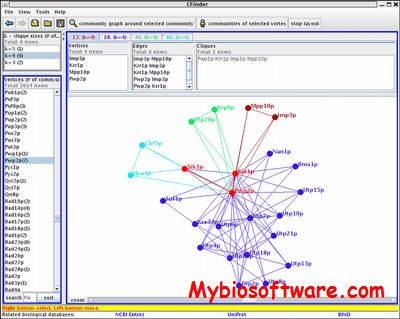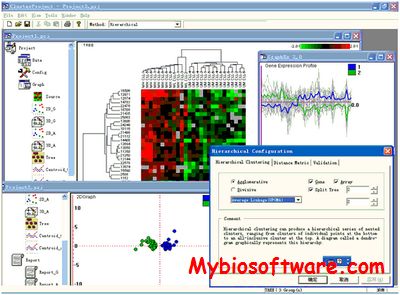LUMIWCLUSTER 1.0.2
:: DESCRIPTION
LUMIWCLUSTER is an R package that implements a weighted model based clustering for Illumina BeadArray Methylation Assays.
::DEVELOPER
:: SCREENSHOTS
N/A
:: REQUIREMENTS
- Windows / Linux / MacOsX
- R Package
:: DOWNLOAD
:: MORE INFORMATION
Citation
Kuan, P., Wang, S., Zhou, X., and Chu, H. (2010).
A statistical framework for Illumina DNA methylation array.
Bioinformatics, 26 (22): 2849-2855.


